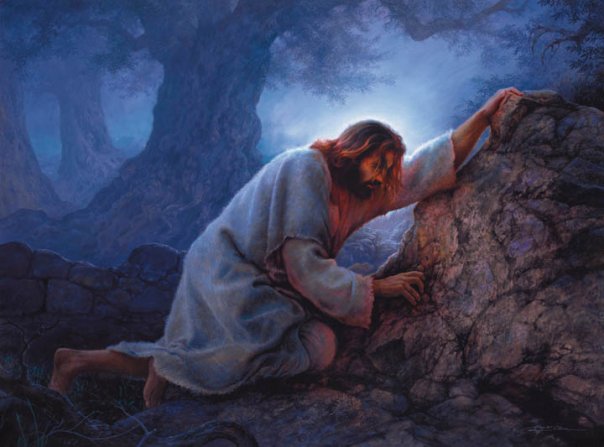Cheon Seong Gyeong 325
When you ask the whole universe,
from the smallest elements to human
beings, “What is it that the person who
possesses you has to have?” all of them
would answer that they would like to
belong to a person who has love. This
means that all things of creation are seek-
ing an owner of love. (132-158, 1984.5.31)
Cheon Seong Gyeong 1854
I love water. Water is the source of all
life. Water embraces and absorbs every-
thing. There are two rivers in Jardim: the
Miranda River and Plata River, which
are like yang and yin. The water in the
Plata River is clear, whereas the water
in the Miranda River is muddy. Usually,
people run away when there is muddy
water, but yesterday I saw a clear stream
of water being drawn into a whirlpool,
without any resistance. With dignity,
the clear water joined the muddy water
and changed its color. Yet as the days go
by, the water gains the strength to regain
its color and purify itself as it continues
flowing. (276-140, 1996.2.18)
Exposition of the Divine Principle
3 Color Edition-The Red part
The Principle of Creation
THE INCORPOREAL WORLD AND THE CORPOREAL WORLD
WHOSE CENTER IS HUMAN BEINGS
6.1 THE INCORPOREAL WORLD AND THE CORPOREAL WORLD
AS SUBSTANTIAL REALITIES
The universe was created after the pattern of a human being, who
is in the image of God’s dual characteristics. Therefore, the structure of
the universe and every entity in it resembles that of a human being,
which consists most fundamentally of mind and body. Corresponding
to the human mind and body, the universe consists of the incorporeal
world and the corporeal world, both of which are real and substantial. The incorporeal and corporeal worlds together form the cosmos.
The incorporeal world, or spirit world, is in the position of subject partner, and the corporeal world,
or physical world, is in the position of object partner. The latter is like
a shadow of the former. 24 When we shed our physical bodies after our
life in the physical world, we enter the spirit world as spirits and live
there for eternity.
6.2 THE POSITION OF HUMAN BEINGS IN THE COSMOS
The position of human beings in the cosmos has three aspects. First,
God created human beings to be the rulers of the universe. Second, God created human beings to be the mediator and the center of harmony of the cosmos. Third, God created human beings to encapsulate in a substantial
form the essences of everything in the cosmos. Accordingly, each person is a microcosm.
6.3 THE RECIPROCAL RELATIONSHIP BETWEEN
THE PHYSICAL SELF AND THE SPIRIT SELF
6.3.1 THE STRUCTURE AND F UNCTIONS OF THE PHYSICAL SELF
The physical self consists of the dual characteristics of the physical
mind (subject partner) and the physical body (object partner). Good or evil in the conduct of the physical self is the main determinant of whether the spirit self becomes good or evil.
6.3.2 THE STRUCTURE AND FUNCTIONS OF THE SPIRIT SELF
Our spirit self consists of the dual characteristics of spirit mind (subject partner) and spirit body (object partner). The spirit can grow only while it abides in the flesh. Thus, the relationship between the physical self and the spirit self is similar to that between a tree and its fruit. The spirit self can attain perfection only during a person’s earthly life. The redemption of sins granted during earthly life opens the way for his spirit to become good. It is not God who decides whether a person’s spirit enters heaven or hell upon his death; it is decided by the spirit himself.
View slides 81 to 93 below for an illustrated presentation of the content above:
2007p1-CHAPT-1-Creation_revised-4-28-2014-red-part